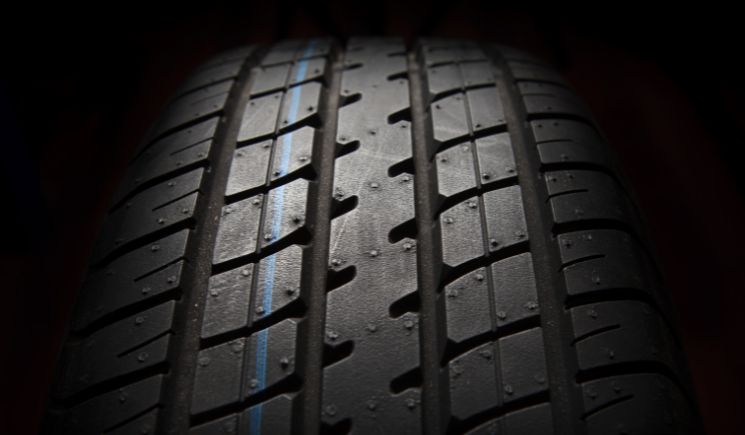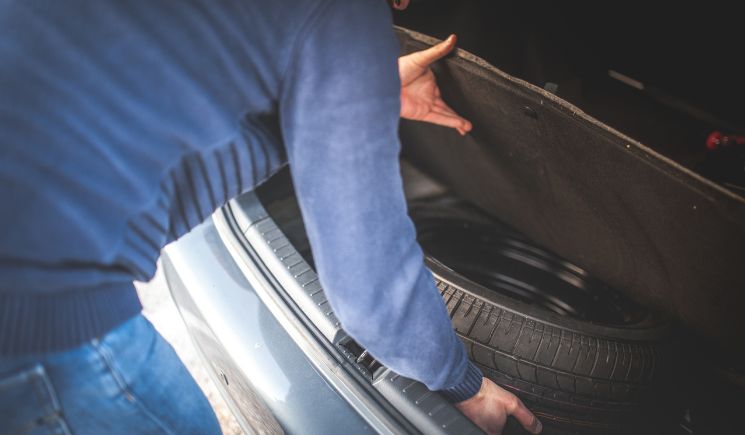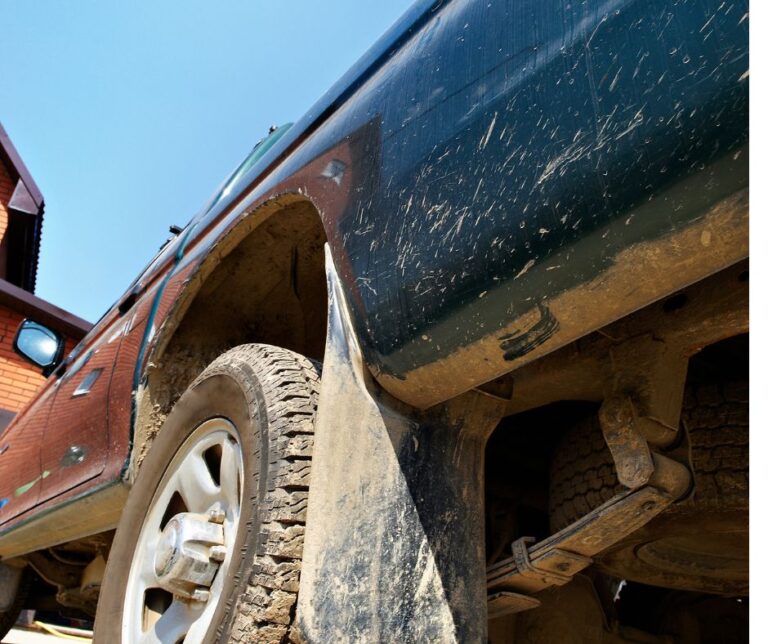Can Bad Ball Joints Cause Tire Cupping

Tire cupping is the enemy of car owners everywhere. It’s like a silent predator that creeps up on your tires and leaves them worn and uneven.
It can be caused by many different things, but one of the most common culprits is bad ball joints. Like an invisible force, bad ball joints can cause your tires to vibrate, creating an uneven wear pattern across the tire surface.
This problem can be prevented with regular maintenance, but if you don’t catch it soon enough you could be stuck replacing your tires more often than not. In this article we will take a look at how bad ball joints lead to tire cupping so you know what to look out for when checking your car’s suspension system.
Table of Contents
How Bad Ball Joints Cause Tire Cupping
You may be wondering how the condition of your ball joints can affect the wear pattern of your tires. Tire cupping is a common wear pattern found on tires that have been damaged by bad ball joints.
When the ball joint becomes worn, it causes the suspension system to be misaligned and can result in a tire with an uneven tread surface.
This causes the tire to flex more than it should when rolling over bumps and other obstacles in the road, resulting in what looks like small cups or dips appearing on its tread surface.
The further out of alignment your suspension system is, the worse your tire cupping will be. If left unchecked, this can lead to premature wear and tear as well as poor handling characteristics due to decreased traction.
It’s important to have your wheel alignment checked regularly so that any issues with bad ball joints can be detected early on before they cause too much damage to your tires.
In addition to checking for misalignment from bad ball joints, you should also inspect them for excessive play or corrosion which could indicate that they need replacement or repair.
You should also make sure that all of your steering components are properly lubricated since lack of lubrication can also contribute to accelerated wear and tear on both your suspension system and tires.
Regular maintenance is key when it comes to preventing problems caused by bad ball joints such as tire cupping. Keeping an eye out for signs of improper alignment or excessive play between steering components will help ensure that you get maximum life out of both your suspension parts and tires while avoiding costly repairs down the line due to premature failure from neglected component maintenance.
Frequently Asked Questions
What are the signs of worn ball joints?
As a driver, one of the most important maintenance items on your vehicle is making sure your ball joints are in good condition. Worn ball joints can cause all sorts of problems from unstable steering to accelerating tire wear.
To make sure you’re aware of their condition, here’s what to look out for: clunking noises when going over bumps or dips, uneven tire wear, and excess play when moving the wheel back and forth by hand. If any of these warning signs appears, have a mechanic check it out as soon as possible to avoid further damage – after all, a stitch in time saves nine!
How often should ball joints be inspected?
I do know that ball joints should be inspected regularly to make sure they’re in good condition. It’s a simple enough job; just pull up the vehicle on a hoist and inspect them for signs of wear and tear.
Meticulously check the boots for any damage or cracking, as well as any play in the joint itself. If there’s excessive movement, it’s time to replace those ball joints before they cause further costly damage – like tire cupping! So don’t wait until it’s too late; inspect your ball joints often and keep your ride running smoothly.
What happens if ball joints are not replaced in a timely manner?
If ball joints are not replaced in a timely manner, the wear and tear on them will cause more strain on other parts of the vehicle. This will lead to further damage which can reduce the lifespan of other components, such as tires.
Ball joints can become loose or break down completely, resulting in an inability to steer correctly and increased risk of accidents due to sudden loss of control. Additionally, it can cause uneven tire wear along with excessive vibration due to misalignment.
Is it possible to replace ball joints without replacing the tires?
Yes, it is possible to replace ball joints without replacing the tires. The ball joint itself can usually be replaced relatively easily and quickly without having to replace the tires. However, depending on how long the ball joints have been neglected, other parts of the suspension system may need to be checked or even replaced in order for the repair to be successful.
Therefore, if you are planning on replacing your own ball joints, make sure that you check all other suspension components for wear and tear before beginning the job.
Conclusion
It’s clear that bad ball joints can cause tire cupping. But it’s a bit more complicated than that – the wear and tear on your vehicle’s wheels and tires is also heavily impacted by the way you drive. You could have perfectly good ball joints but still experience tire cupping if you’re driving recklessly or putting too much stress on your tires. Just remember, no matter how badly you want to get somewhere fast, it’s worth taking care of your car so it will take care of you!






